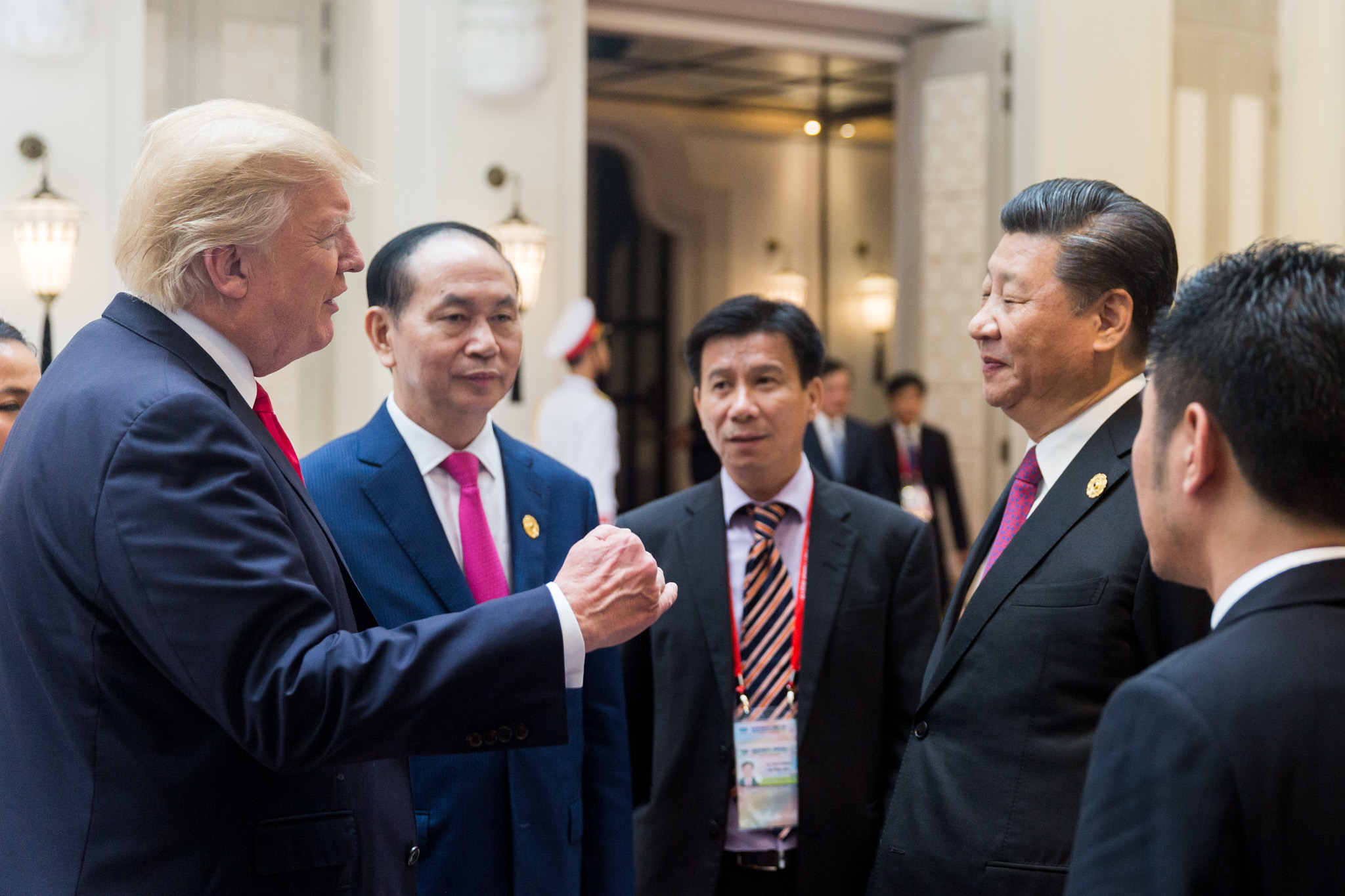Just as U.S. trade negotiators were watering down their demands in order to finalize an agreement with China, the president resorted to his habit of conducting foreign policy via threats on Twitter.
Trump is lying about the cost of tariffs being borne mostly by China.
A Congressional Research Service report in February found that the tariffs had led to an increase of as much as 12 percent in the price of washing machines in the United States, compared to January 2018 when the duties were not in effect.
According to a study by the Peterson Institute for International Economics, the steel and aluminum tariffs increased the price of steel products by nearly 9 percent last year, pushing up costs for steel users by $5.6 billion.
The president’s threat that tariffs will increase on Friday sent financial markets into a tailspin. But how are Chinese negotiators likely to react to the bluster? Based on what we’ve seen so far, I suspect that William Pesek nailed it.
For all the Art of the Deal bluster, details aren’t a Trumpian hallmark. Nor is strategy. Chinese officials, President Xi Jinping included, plan in terms of decades. Trump is all about the next tweet. Xi’s team has exploited Trump’s short-termism and seems to be waiting out the clock for a watered-down trade deal between the two countries.
That assessment of Trump was actually corroborated by Tony Schwartz, the ghostwriter of Art of the Deal, who told Jane Mayer that “it’s impossible to keep him focussed on any topic, other than his own self-aggrandizement, for more than a few minutes,” which has left him with “a stunning level of superficial knowledge and plain ignorance.”
Pesek included his description about the contrast between Trump and Xi in an article he wrote about how Japanese Prime Minister Shinzo Abe is outsmarting the president. For all the obeisance Abe has shown Trump, he is closely watching what is happening with China on trade and playing a long game too.
Pesek notes that Japan has already bagged two of the world’s largest trade agreements with the European Union and the 11 countries involved with the Comprehensive and Progressive Agreement for Trans-Pacific Partnership (TPP 2.0). That gives Abe a lot of room for negotiating with the U.S.
As the 2020 election closes in, Abe also has some political leverage on Trump.
Abe has also wisely reminded Trump that since he moved into the White House, Japanese companies have invested $23 billion in the U.S. economy. The 43,000 jobs Abe says that money is creating could always go elsewhere. According to the Nikkei Asian Review, a disproportionate amount of that $23 billion has been targeted at Trump country: Indiana, Michigan, Ohio, Pennsylvania, Tennessee and West Virginia. Push Abe too hard, and those investments could always be rerouted to Mexico and Canada.
What we have here is a blustering, ignorant fool who is completely absorbed by self-interest attempting to negotiate trade deals with two leaders who are not only highly intelligent, but well-versed in the art of playing the long game in the interest of their countries. While the outcome of these negotiations is not yet known, it is highly doubtful that they will end well for American workers and consumers.



